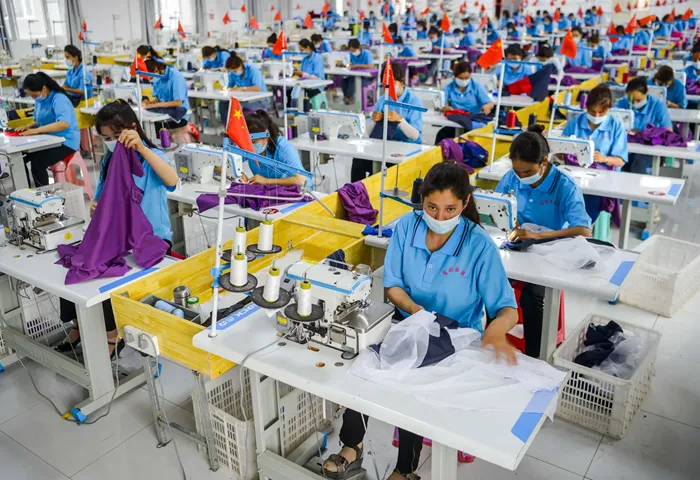Fast fashion, characterized by the rapid production of inexpensive clothing aligned with current trends, has reshaped the global fashion landscape. Brands such as Zara, H&M, and Forever 21 have pioneered this model, delivering trendy and affordable garments at an unprecedented pace. By transforming runway designs into store-ready apparel in mere weeks, fast fashion has made the latest styles accessible to a broad audience, particularly younger consumers. While this democratization of fashion offers significant advantages, it comes with substantial environmental, social, and economic repercussions.
The fast fashion industry thrives on its capacity to satisfy consumer demand for cost-effective, fashionable clothing. The business model is built around efficient supply chains that swiftly replicate popular styles, ensuring consumers are continually engaged with new offerings. This approach caters to the desire for inexpensive, trend-forward clothing, allowing consumers to explore various styles without significant expenditure. For younger shoppers, who often view fashion as a form of self-expression, this model is especially appealing. However, the low quality and brief lifespan of these garments contribute to a cycle of overconsumption, waste, and environmental degradation.
A major drawback of fast fashion is its environmental impact. The industry is highly energy-intensive, relying extensively on fossil fuels for textile production and transportation. It is estimated that fashion contributes about 10% of global carbon emissions, surpassing the emissions from all international flights and maritime shipping combined. This is largely due to the widespread use of synthetic fibers, derived from fossil fuels, and the energy required for manufacturing and distribution. Additionally, the production of textiles consumes vast amounts of water—particularly in cotton cultivation, which uses thousands of liters to produce just one kilogram of fabric. The dyeing and finishing processes further exacerbate water pollution. Thus, the environmental footprint of fast fashion extends well beyond carbon emissions and water use.
Moreover, workers within the fast fashion supply chain often face poor working conditions and low wages. Exploitative labor practices are frequently linked to environmental harm, as manufacturers in low-regulation areas cut costs by neglecting environmental standards. Consequently, the social and environmental challenges of fast fashion are closely interconnected.
Despite these issues, fast fashion remains popular due to its affordability and the constant introduction of new styles. Many consumers, especially those with limited budgets, may be unaware of or choose to disregard the ethical and environmental consequences of their purchases. Nonetheless, there is a growing movement towards sustainable fashion, driven by increasing awareness of these problems. Sustainable fashion emphasizes quality over quantity, utilizing eco-friendly materials and ethical production practices. Some brands are adopting circular economy principles, focusing on recycling, upcycling, and designing for durability.
To address the challenges posed by fast fashion, consumers must be educated about the environmental impacts of their choices. Governments should enforce stricter regulations on textile production and promote recycling initiatives. Encouraging sustainable practices and increasing demand for eco-friendly products can steer the industry towards more responsible production methods. The transition from fast fashion to sustainable alternatives is crucial for mitigating the industry’s environmental and social toll.
In conclusion, while fast fashion has made high-style trends more accessible, its environmental and social costs are considerable. Tackling these challenges will require collaborative efforts from consumers, industry leaders, and policymakers to advance towards more ethical and sustainable fashion practices.
Related Topics:
Is The Sol De Janeiro Bum Bum Cream For Your Face?
Is Powder Foundation Better For Oily Skin?
Where To Buy Compression Leggings?

